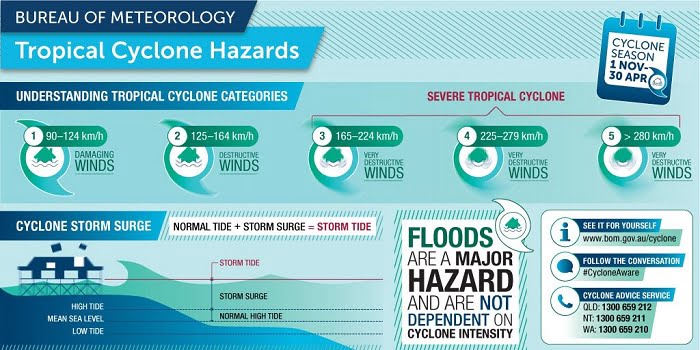With storm and cyclone season in Queensland, it’s important to ensure you’ve taken the necessary precautions to ensure your family and home are safe. We’ve created some guidelines to assist you with preparations before and after a storm/cyclone:
BEFORE A CYCLONE
- Trim branches that are close to your house or roof
- Secure loose materials and furniture that could potentially become flyer debris
- Remove unwanted loose material and rubbish
- When the cyclone hits, act immediately, seek a public shelter if away from home
- If you are not left with enough time to evacuate safely, take shelter at the closest building
- Cover all windows and doors with boards
- Lock the doors
- Install required drainage to avoid flooding
- Ensure all non-essential electrical equipment, water and gas are turned off and unplugged
- Park your vehicle undercover, where possible
- Identify the strongest part of your house for shelter
- Keep listening to the radio for cyclone updates.
- Ensure you are wearing strong shoes and suitable clothing
- If the building begins to break up, take shelter under a strong table, bench or heavy mattress
- Beware the calm eye of the cyclone. Stay inside your car if it is not possible to get to shelter/a building
- Pack an emergency survival kit containing items such as:
- Non-perishable food
- Drinking water
- First Aid Kit
- Torch and spare batteries
- Radio and spare batteries
- Candles and matches
- Mobile phone and battery pack
- Medication
- Utensils
- Change of clothing
- Cash
- Plastic bag containing valuables and important documents
AFTER A CYCLONE
The time immediately after a cyclone is often just as dangerous as the initial event itself. Deaths and injuries often happen when people go exploring and sightseeing.
- Listen to your radio and remain indoors until an official all clear has been given by the authorities
- If you are told to return to your home/accommodation, do so using the recommended routes
- Do not go sightseeing
- Boil or purify your water until supplies are declared safe
- Stay away from damaged powerlines, fallen trees and flood water


